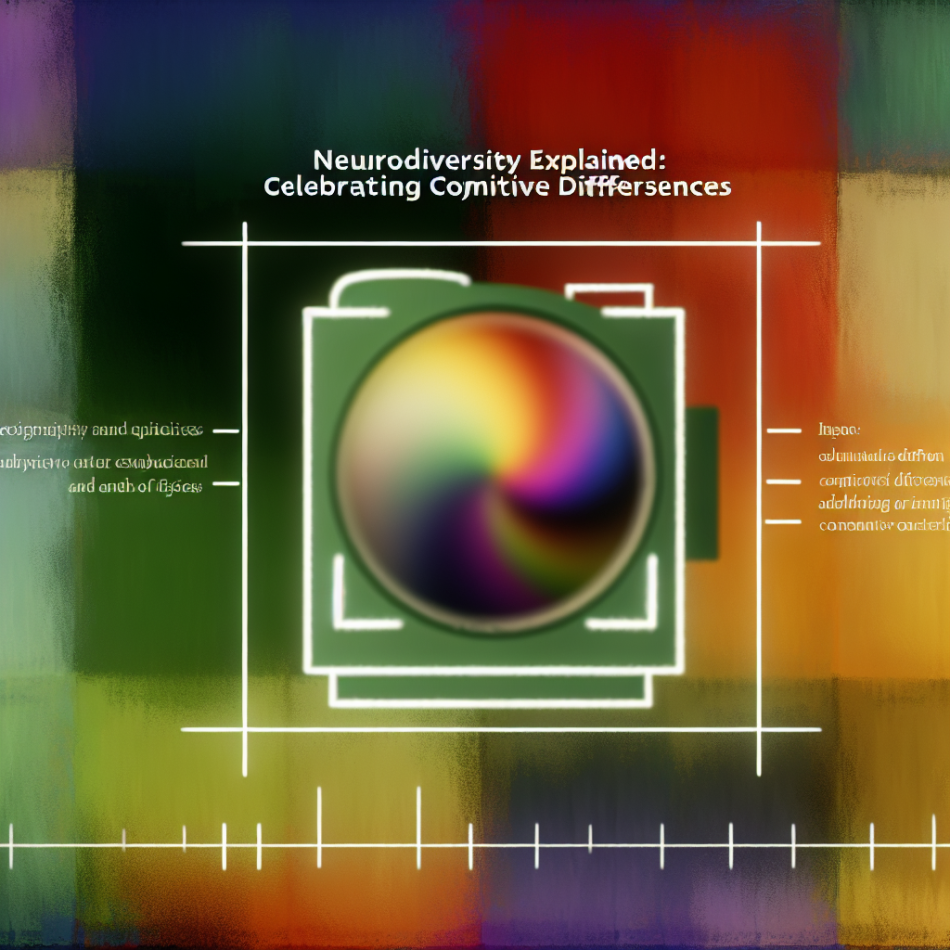Understanding Neurodiversity: A Celebration of Cognitive Differences
In a world increasingly focused on inclusion, the term ‘neurodiversity’ has gained traction—but what does it truly mean? This article breaks down the concept in simple terms, exploring its roots, its parallels with biodiversity, and why embracing neurological differences benefits society. By challenging outdated perceptions, we’ll uncover how neurodiversity fosters innovation, empathy, and a richer human experience.
Defining Neurodiversity: Beyond Labels and Diagnoses
Neurodiversity refers to the natural variation in human brain function and behaviour. Just as biodiversity describes the variety of life in an ecosystem, neurodiversity acknowledges that differences in thinking, learning, and processing information are not defects but valuable aspects of human identity. This includes conditions like autism, ADHD, dyslexia, and others, often termed ‘neurodivergences’.
The concept shifts the narrative from ‘fixing’ individuals to accepting neurological differences as part of humanity’s spectrum. It challenges the idea of a single ‘normal’ brain, arguing that diverse cognitive styles drive creativity and problem-solving. For instance, someone with dyslexia might struggle with reading but excel in spatial reasoning, while an autistic person’s attention to detail could revolutionise data analysis.
The Origins and Evolution of the Neurodiversity Movement
Sociologist Judy Singer coined the term in the late 1990s, inspired by her autistic daughter and the disability rights movement. Initially focused on autism, the framework expanded to include other neurotypes as activists highlighted shared experiences of stigma and systemic exclusion. Crucially, neurodiversity advocates distinguish between inherent neurological differences and the disabling barriers created by society.
This distinction mirrors how biodiversity conservation doesn’t blame species for environmental threats. Similarly, neurodiversity emphasises adapting environments—schools, workplaces, public spaces—to accommodate different needs rather than forcing individuals to conform to rigid norms.
Neurodiversity and Biodiversity: A Thoughtful Parallel
Comparing neurodiversity to biodiversity isn’t just metaphorical—it’s a strategic analogy. Ecosystems thrive through species interdependence: bees pollinate plants, fungi decompose matter, predators maintain balance. Likewise, human societies benefit from cognitive diversity:
- Innovation: Neurodivergent thinkers often approach problems unconventionally, leading to breakthroughs (e.g., Alan Turing’s autism-linked pattern recognition skills).
- Adaptability: Diverse teams navigate crises more effectively by pooling varied perspectives.
- Ethical Progress: Prioritising inclusion fosters empathy, reducing marginalisation and its societal costs.
However, just as monocultures risk ecosystem collapse, suppressing neurodiversity stifles collective potential. The key lies in creating environments where all neurotypes can flourish.
The Social Model vs. The Medical Model: A Shift in Perspective
Traditional views of neurodivergence follow the medical model, framing conditions as disorders requiring treatment. Neurodiversity advocates prefer the social model, which separates inherent traits from preventable suffering caused by stigma, inaccessible systems, or lack of support.
Consider ADHD: the medical model might focus on medication to improve focus. The social model asks, ‘How can workplaces structure tasks to align with ADHD energy patterns?’ It doesn’t deny challenges but contextualises them within societal structures rather than individual pathology.
Embracing Neurodiversity in Practice: From Theory to Action
Moving beyond awareness, actionable inclusion involves:
- Flexible Education: Offering multiple learning formats (visual, auditory, kinesthetic) instead of penalising students for not absorbing information ‘typically’.
- Workplace Adjustments: Noise-cancelling headphones for sound sensitivity, task-based deadlines for those struggling with rigid schedules.
- Community Design: Quiet spaces in public areas, sensory-friendly events, and communication alternatives like text-based services.
Companies like Microsoft and SAP have neurodiversity hiring programmes, reporting 30-90% productivity increases in roles suited to neurodivergent strengths. These examples prove inclusion isn’t charity—it’s smart economics.
Challenges and Misconceptions: Navigating Complexity
Critics argue neurodiversity overlooks severe disabilities or romanticises struggle. This stems from a misunderstanding: acknowledging strengths doesn’t negate the need for support. A non-speaking autistic person might require assistive technology and offer unique insights into communication systems.
Another challenge is balancing individual needs with collective resources. However, studies show inclusive design often benefits everyone—think captions aiding non-deaf viewers or flexible work hours improving overall employee well-being.
Conclusion: Building a Neuroinclusive Future
Neurodiversity reframes human cognition as a spectrum of complementary strengths. By learning from biodiversity’s lessons on interdependence, we can create societies where neurological differences are celebrated, not suppressed. This requires systemic change—from education to employment—but the rewards include innovation, resilience, and a fairer world. As we personalise approaches to human needs, we move closer to a future where everyone thrives, not just survives.
